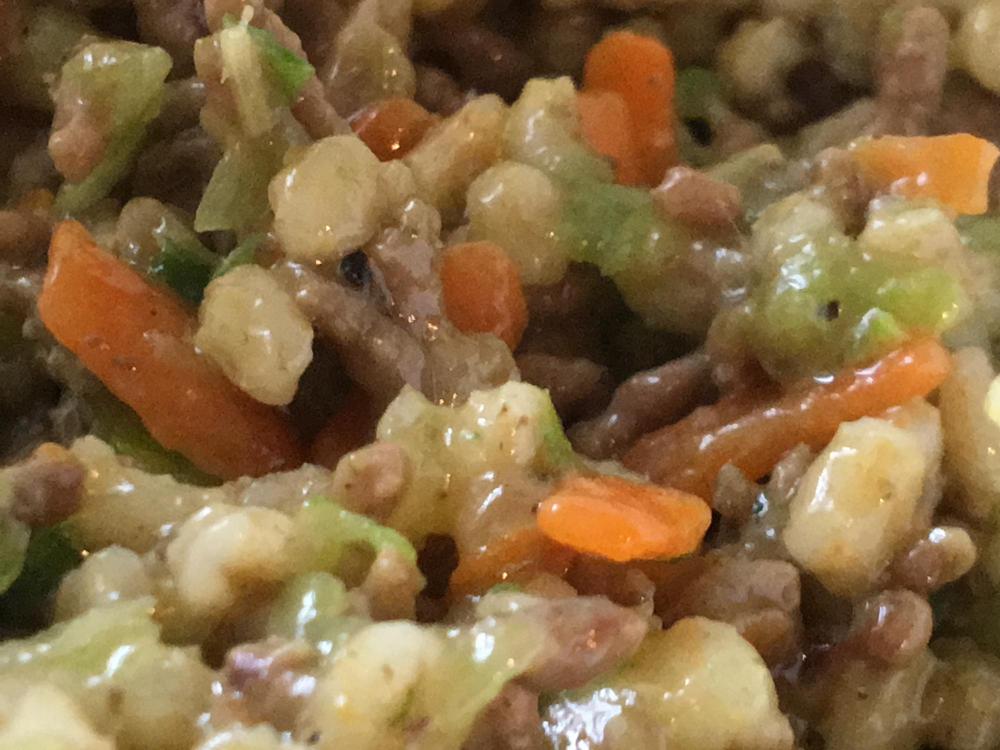Latest Update.
Emulsifying the Fat:
Ok, so I mentioned, emulsifying the fat with either lecithin or egg yolk. Well, I prefer the lecithin method over egg yolk.Both make robust doughs, but the egg yolk dough is, more tender, softer, if you will, and moister (translate as gummy on the inside) which impacts cooking time and doneness.
Wheat Cereal and Texture:
I had previously tried to coat the roll in a light coating of Semolina (wheat cereal, auf Deutsch - Grieß) but the result was sandy rather than craggy and rough. So I thought lightly pressing the cereal into the dough and then covering ith a moist towel might help the cereal to soften and swell with the moisture. It did somewhat, but not enough. I also thought that with swelling, it was more likely to 'pop' when fried. With two trials, one, lightly dusted and the other actually pressed into the dough, I've found I liked the result better when pressed into the dough.
This leads me to consider, that the wheat cereal is perhaps an actual component of the dough, i.e is is part of the mixture. This would also result in the semolina swelling and perhaps cause the resultant surface texture, as well as lend a bit more toothiness to the final cooked dough. I still have to try this.
Clagginess/Doneness:
Lastly, I've been using quite soft, moist doughs and feel this may be causing some of the problems with overall doneness of the final cooked dough. The original product is indeed, partially gummy when done, but not to the extent that my doughs have been. So here's the question? How does dough wetness impact the frying characteristics of a dough?
Addendum, Images:
Image 1 (img_9659.jpg) shows the dough covered with semolina and placed under a moist towel, the second one not yet covered. In the bowl is a paste of egg white and semolina (a bit too thick).
Image 2 (IMG_9662.jpg) shows the filling I'm using to fill the rolls. Honest to goodness meat and veg, no junk food here.
Image 3 (IMG_9667,jpg) shows the roll being fried. I used a tamale press, for convenience, this time round rather than the pasta roller. I think in the future, I'll stick with the pasta roller, it makes the ends and seams neater and easier to work with.








